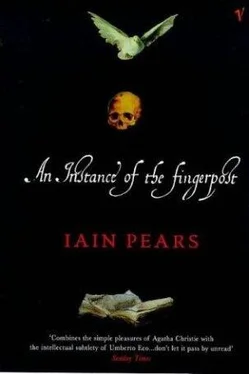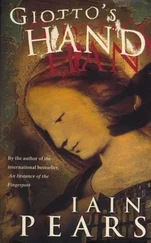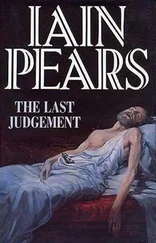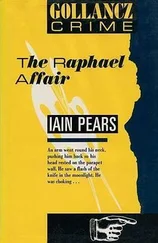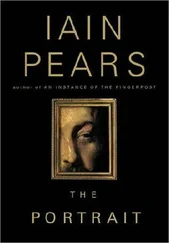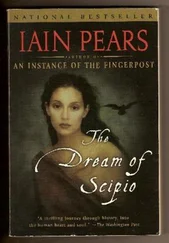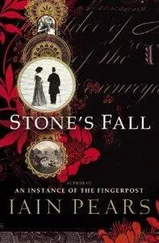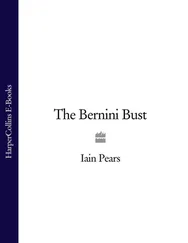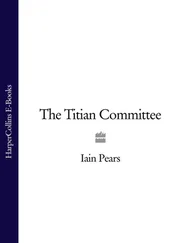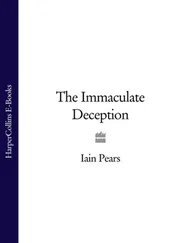John Mordaunt, Baron Mordaunt, 1627–75—Second son of the first earl of Peterborough, sent abroad for his education, then became leading Royalist conspirator. Arrested 1658 and acquitted at his trial. Appointed Constable of Windsor Castle at the Restoration, but was impeached in Parliament in 1666 and never attained high government office. Spent his last years embroiled in a legal dispute with members of his family.
Sir Samuel Morland, 1625–95—Diplomat and inventor, clerk to Secretary of State Thurloe 1654 and accredited by Cromwell to lead mission to Savoy in 1655. Switched sides in 1659 by identifying traitor in Royalist ranks, knighted on the Restoration. Made calculating machine in 1663 and experimented with pumps and early steam engines from the 1660s onwards. Consultant on water supply to Louis XIV at Versailles, 1681.
Jack Prestcott—Fictitious; his story, and that of his father, is based on the disgrace and exile of Sir Richard Willys for treason in 1660. Willys’s son later died insane.
Sir John Russell, d. 1687—Leading member of the “Sealed Knot,” a group of active Royalists in England which plotted ceaselessly and fruitlessly in the 1650s to overthrow Cromwell and bring back the king.
Peter Stahl, d. 1675—“The noted chimist and Rosicru-cian Peter Stahl of Strasburgh in Royal Prussia was a Lutheran and a great hater of women, [and] a very useful man… he was brought to Oxon by Mr Robert Boyle, an. 1659… About the beginning of the year 1663 he removed his elaboratory to a draper’s house in the parish of Allsaints. In the year following, he was called away to London, died there about 1675, and was buried in the church of St Clement Danes.”—Anthony Wood, Life and Times, vol. I, p. 473.
John Thurloe, 1616–68—Lawyer, secretary to the Cromwellian Council of State in 1652; thereafter organized Cromwell’s espionage system. Escaped all punishment on the Restoration and lived in Great Milton, Oxfordshire, until moving back to London shortly before his death. Hid all his state papers, which were discovered embedded in a plaster ceiling and published in the eighteenth century.
John Wallis, 1616–1703—Professor of Geometry at Oxford, founder-member of the Royal Society and the greatest English mathematician before Newton. A great xenophobe, who carried on lengthy and vitriolic disputes in print with (among others) Hobbes, Pascal, Descartes, Fermat. Cryptographer for Parliament, 1643–60, for Charles II, James II and William III. Published Arithmetica Infinitorum 1655, Ma-thesis Universalis 1657, Treatise of Algebra 1685. Complete Sermons published 1791, Essay on the Art of Decyphering, 1737.
Anthony Wood, 1632–95—Antiquary and historian, author of Historia et Antiquitates Universitatis Oxonienses (1674) and Athenae Oxonienses (1691). A bachelor who lived a hermitlike existence and gained a reputation for un-sociability and rancour in his later years, although until the 1660s had a wide range of friends and acquaintances. Chiefly known through his diaries and papers, which were not published until this century.
Michael Woodward, 1599–1675—Warden of New College, Oxford, 1658–75; rector of Ash in Surrey and “a man of few scholarly attainments and fewer political or religious sentiments.” But tireless in restoring the college’s finances after the disastrous loss of revenues during the Civil War.
Sir Christopher Wren, 1632–1723—Professor of Astronomy at Oxford, Surveyor of the King’s Works and architect. Classed by Newton as Wallis’s equal as a geometer, worked on spherical trigonometry, produced a measured map of the moon, was a founder-member of the Royal Society, and performed important anatomical work with Lower and others of the Oxford circle. Mainly known for design of St. Paul’s Cathedral, his London churches and Hampton Court Palace.
1625Death of James I, accession of Charles I.
1629Charles begins experiment to rule without Parliament.
1640Parliament recalled; Charles defeated in war against Scotland.
1642Outbreak of Civil War in England; Charles wins victory over Parliamentary army at Edgehill; Oxford becomes Royalist headquarters.
1644Battle of Cropredy Bridge, Charles’s army wiped out at Marston Moor.
1645Battle of Naseby; decisive defeat of Royalists.
1646Oxford surrenders under siege.
1647War ends with defeat and capture of Charles.
1648Visitation of the Universities and purging of Fellows with Royalist sympathies.
1649Execution of Charles I; Charles II in exile. Establishment of Commonwealth.
1650sDominance of Oliver Cromwell, “Lord Protector” of England. Boyle, Wallis, and others form the kernel of the Royal Society in Oxford.
1658Death of Cromwell; brief succession of his son, Richard, as Protector.
1659Resignation of Richard Cromwell; Parliament recalled; fall of John Thurloe as Secretary of State. Attempt at rising by Royalists crushed.
1660Recall of Charles II from exile; Earl of Clarendon as Lord Chancellor.
1661Brief and unsuccessful rising of London Fifth Monarchists. Charles marries Portuguese princess and earns enmity of Spain. Second Purge of Universities.
1662Acts passed by Parliament to enforce conformity of religion, despite Charles’s desire for tolerance; persecution of Quakers; plots by Spain against Charles.
1663Perpetual rumors of assassination plots against Charles. Earl of Bristol attempts to impeach Clarendon. Experiments by Richard Lower and Christopher Wren on blood transfusion. Formal foundation of Royal Society.
1667Fall of Clarendon. Ascendancy of Henry Bennet, Earl of Arlington.
1678The “Popish plot”—widespread hysteria caused by fictitious accusations that foreign Jesuits were planning massacre of Protestants.
1685Death of Charles, accession of his Catholic brother, James II.
1688The “Glorious Revolution”—James expelled, constitutional settlement ensures primacy of Parliament and supremacy of Protestantism.
With thanks to Michael Benjamin, Cathy Crawford, Margaret Hunt, Karma Nabulsi, Lyndal Roper, Nick Stargardt, Felicity Bryan, Eric Christiansen, Dan Franklin, Anne Freedgood, Julie Grau, Míh-Ho Cha, Nicole Wan, Maggie Felling, Charles Webster, and (most important of all) Ruth Harris.
History is the witness of the times, the light of truth, the life of memory, the mistress of life.
